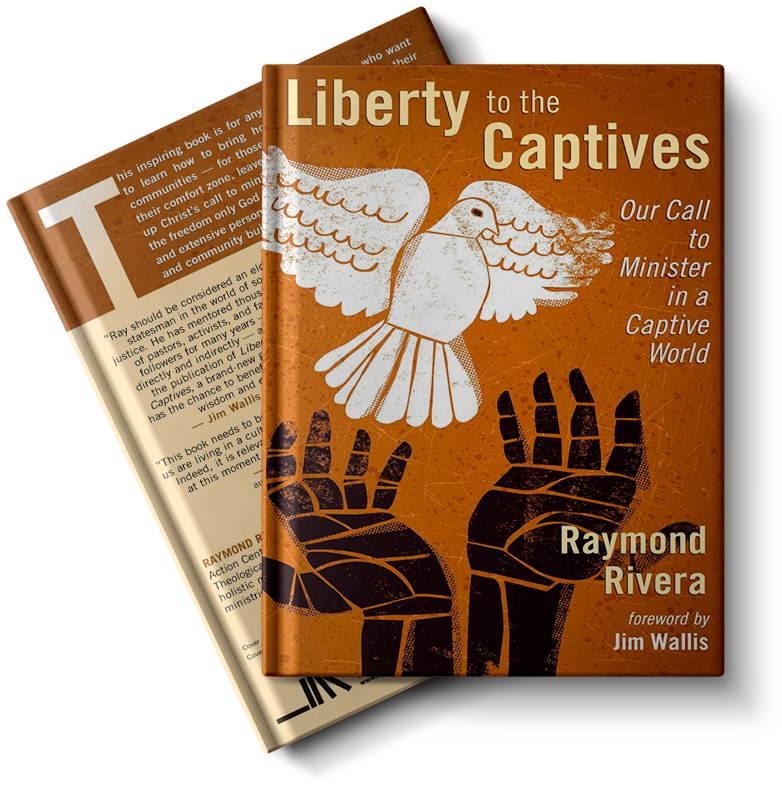About
The BOOK
Book
Liberty to the Captives:
A: “Liberty to the Captives” is an Amazon bestseller across various categories such as Christian living, Christian leadership, and religious leadership. The book delves into the theme of captivity in our world. In Chapter 1, the author discusses the prevalence of captivity around us. Chapter 2 highlights the idea that despite being in captivity, individuals are free to minister. Chapter 3 emphasizes the importance of engaging with one’s community while in captivity. Chapter 4 delves into confronting issues within the community. Chapter 5 explores the idea of engaging with powers that be. In Chapter 6, the focus shifts to confronting these powers. The book also provides insights on ministering in captivity and offers a final-word reflection. Throughout the text, questions are posed at the end of each chapter, prompting readers to reflect on the key points and meanings discussed. The book encourages readers to contemplate their roles in a world marked by various forms of captivity and ways to bring about liberation.


Chapter 1 of “Liberty to the Captives” opens by painting a picture of the prevalent captivity in the world. It forces readers to confront the reality of oppression and confinement that exist across different aspects of society. Questions that follow the chapter could include: How does the concept of captivity resonate with your own experiences or observations? In what ways do you see manifestations of captivity in your community or the world at large? Reflect on how the concept of captivity relates to various societal issues you are aware of.
Moving on to Chapter 2, the narrative shifts to the idea that individuals hold the freedom to minister despite being in situations of captivity. Questions for readers may include: How do you interpret the notion of being free to minister in the midst of captivity? What opportunities do you believe exist for individuals to offer support and guidance in challenging circumstances? Consider the impact of acts of ministry within situations of captivity.
Chapter 3 focuses on the importance of engaging with one’s community, even in times of captivity. Potential questions for reflection might be: What does community engagement look like in the context of captivity? How can individuals contribute positively to their communities while navigating challenges and limitations? Reflect on the significance of building connections and supporting others within your community.
In Chapter 4, the emphasis shifts to confronting issues within the community, shedding light on the necessity of addressing problems rather than turning a blind eye. Readers could contemplate questions like: Why is it important to confront issues within the community, even when faced with captivity? How can individuals effectively address challenges and advocate for positive change in their communities? Consider the role of confronting community issues in promoting growth and empowerment.
Chapter 5 explores the theme of engaging with powers, urging readers to consider the dynamics at play when interacting with influential forces. Reflective questions may include: What are the implications of engaging with powers within the context of captivity? How can individuals navigate power dynamics while staying true to their values and beliefs? Think about the ways in which individuals can influence or negotiate with influential entities for positive outcomes.
In Chapter 6, the focus turns to confronting these powers, encouraging readers to stand firm in the face of challenges and assertive forces. Questions for reflection could include: What does it mean to confront powers in the context of captivity? How can individuals maintain their integrity and resilience when faced with oppressive or controlling influences? Reflect on the importance of standing up against forces that seek to maintain captivity and limit freedom.
The book also provides guidance on ministering in captivity, offering insights into ways individuals can make a difference despite challenging circumstances. A final word encourages readers to reflect on the overall message of the book and consider their own roles in promoting liberty and empowerment in the world.
“Liberty to the Captives” serves as a thought-provoking exploration of captivity and liberation in various contexts. By engaging with the questions posed at the end of each chapter, readers are prompted to delve deeper into the themes discussed and consider their implications on personal beliefs, actions, and contributions to society. The book challenges individuals to reflect on their interactions with captivity, power dynamics, community engagement, and addresses the importance of taking a stand against oppressive forces. Through contemplation and introspection prompted by the reflective questions, readers are encouraged to explore ways to promote freedom, justice, and empowerment in their own lives and communities.


